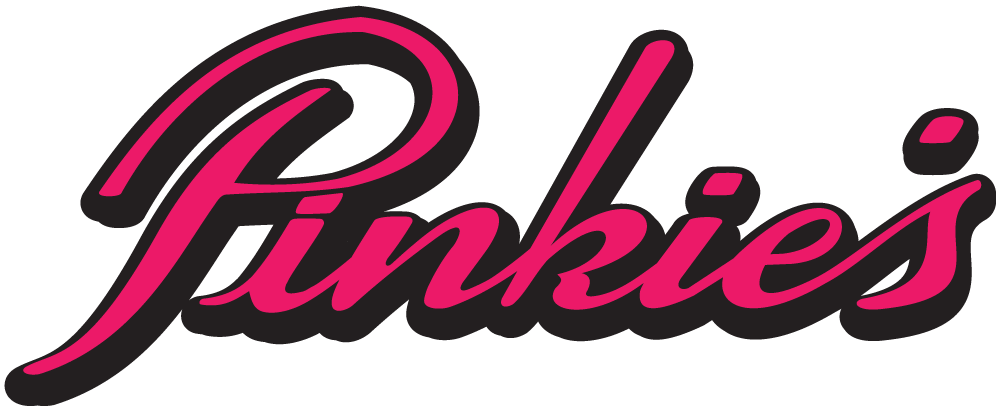Wine Making
An In-depth look at how wine is made.
Red Wine
Harvest
In September and October, Cabernet, Sauvignon, Merlot, Zinfandel, and other red grapes are harvested as they ripen. The ripeness is determined by flavor as well as sugar and acid levels in the grapes. Without ripe, healthy grapes, making fine wine is impossible
Destemming/Crushing
The red grapes are loaded into a crusher-destemmer. This pulls them off the stems and crushes them to release the juice. Sometimes a portion or all of red grapes are left whole. This slows the fermentation and results in a fruitier and less tannic wine.
Fermentation
The juice, skins and pulp are placed into stainless steel tanks, or lined concrete vats. Red wine is usually fermented warmer than white wine, and the handling of the juice is important. The more the skins and pulp are macerated into the juice, the more flavor and tannins will be extracted. This maceration can be done by pumping the juice back up over the skins (which rise to the top); or by punching the skins back down into the fermenting juice. The longer the fermentation, the more complex and refined the wine will be. Red wines are always fermented until dry.
Pressing
At the end of fermentation, the new wine is drained off the skins and pulp (called pumace). While the wine is placed in barrels or holding tanks, the pomace is pressed to extract more wine. The last pressing can be extremely tannic. The winemaker may keep this “hard press” separate, or blends it back in to add flavor and structure.
Aging Red Wines
Most red wines benefit from some aging at the winery. The tannins need time to soften and the aromas need time to develop. The forests the oak comes from, the aging of the staves, the method used to bend the staves (steam vs open flames), all affect the flavor of the wine aged in such barrels.
Bottling
Bottling is a crucial moment in a wine’s life. If the bottling equipment is not kept scrupulously clean, and the wine’s contact with oxygen kept to a minimum, the wine may spoil quickly.
Bottle Aging
With the exception of wines such as Nouveau, reds need some time in the bottle. While ready to drink when released, they will improve with another one to three years aging. Remember that to age red wine for that long, one needs a cool, dark place (50 – 60 degrees) with minimal vibration and temperature fluctuation.
White Wine
Harvest
White Wines – From late August through September, Chardonnay, Sauvignon Blanc, Colombard, and other green grapes are harvested as they ripen. The ripeness is determined by flavor as well as sugar and acid levels in the grapes.,
Blush Wines – In August and September, red grapes such as Zinfandel and Grenache are picked early if they will be used to make blush or rose wines. This preserves the tangy acidity and lower alcohol needed for this style of wine.
Pressing
Many wineries destem and crush the grapes to release most of the juice; but this can also release bitter phenols from shredded skins and crushed seeds. Another method would be to press the grapes very gently in a Diemme tank press that releases the juices with minimal phenols (Sebastiani wine is made this way). This improves the flavor and smoothness of the resulting white wine. (Grapes for blush wines may be tank pressed or crushed using a traditional stemmer-crusher).
Fermentation in Tanks
The juice for most white wines and all blush wines is pumped into stainless steel tanks. Stainless steel tanks are easy to keep clean, which ensures pure, fresh varietal flavors. And they enable the winemaker to control the temperature of the fermentation. This is critical for white wines, since cool, even fermentations enhance fruit flavors and varietal character.
Barrel Fermentation
The finest Chardonnay juice (and occasionally other varieties) can be fermented in oak barrels. Small oak barrels radiate heat easily, enabling a cool fermentation. More important, barrel-fermentation adds complexity of flavor, and results in exceptional body and smoothness.
Fermentation
To start most fermentations, a select strain of yeast is added to the juice (just as when baking bread). The type of yeast affects the length of fermentation and flavors. When all the sugar is consumed, the wine is dry. If the fermentation is stopped with some sugar remaining, sweeter wine is made. This is how most blush wines, Rieslings and Muscats are vinified.
Secondary Fermentation
This is also called the Malolactic fermentation since it transforms the tangy malic (the acid found in apples) acids into the smoother lactic acid (found in dairy products). If a tangy, crisp wine is desired, the winemaker may prevent the malolact fermentation will be encouraged by adding a culture or gently warming the wine.
Racking and Clearing the Wine
After fermentation, a white or blush wine is still murky with grape remains and yeast (called the lees). The wine is allowed to settle in the tank or barrel, and then racked off the lees. The wine may also be clarified at this time using a centrifuge or a filter. For extra complexity and texture, the winemaker may elect to leave the wine on the lees for a time.
Aging White and Blush Wines
Most white and blush wines do not benefit from aging. These wines are kept in a neutral, sterile receptacle such as a stainless steel tank for as brief a period as possible, and then bottled. However, fine quality Chardonnay, and some lots of other white wine, can benefit from barrel aging. The type of oak and the cooper’s craftsmanship have a strong effect on the flavors.
Bottling
Bottling is a crucial moment in a wine’s life. All the oxygen needs to be displaced from the bottles prior to filling. Even fresh, light wines that are meant to be opened and consumed immediately need some rest to recover from “bottling shock” (which can stunt the wine’s aromas and flavor).
